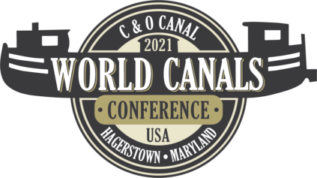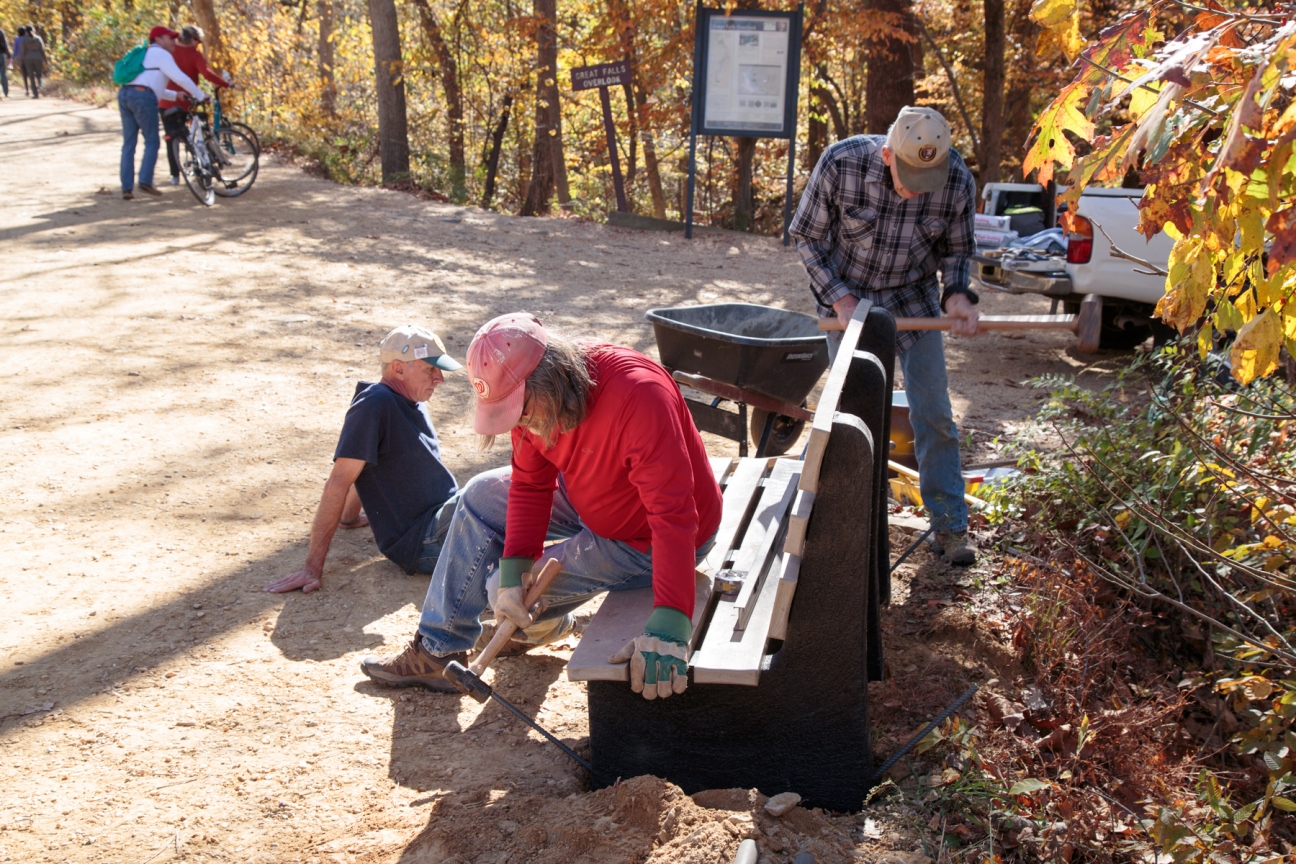
Volunteering to help the park: A work crew installs a bench near Great Falls in 2016.
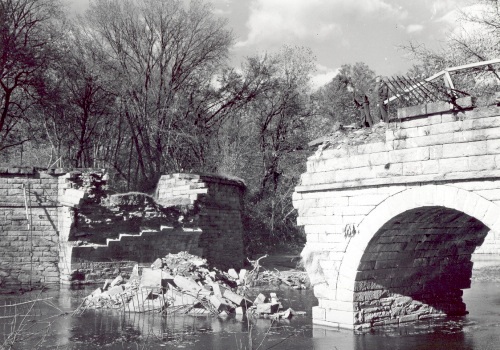
Supporting park projects: Catoctin Aqueduct after collapse in 1973
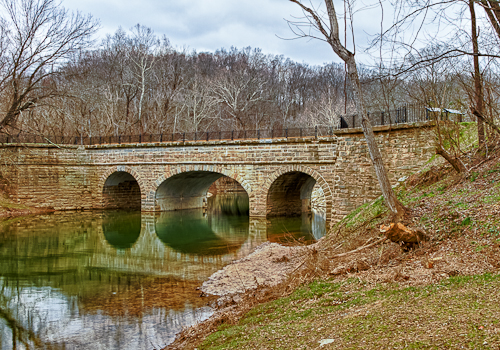
Supporting park projects: Catoctin Aqueduct after restoration effort in 2011
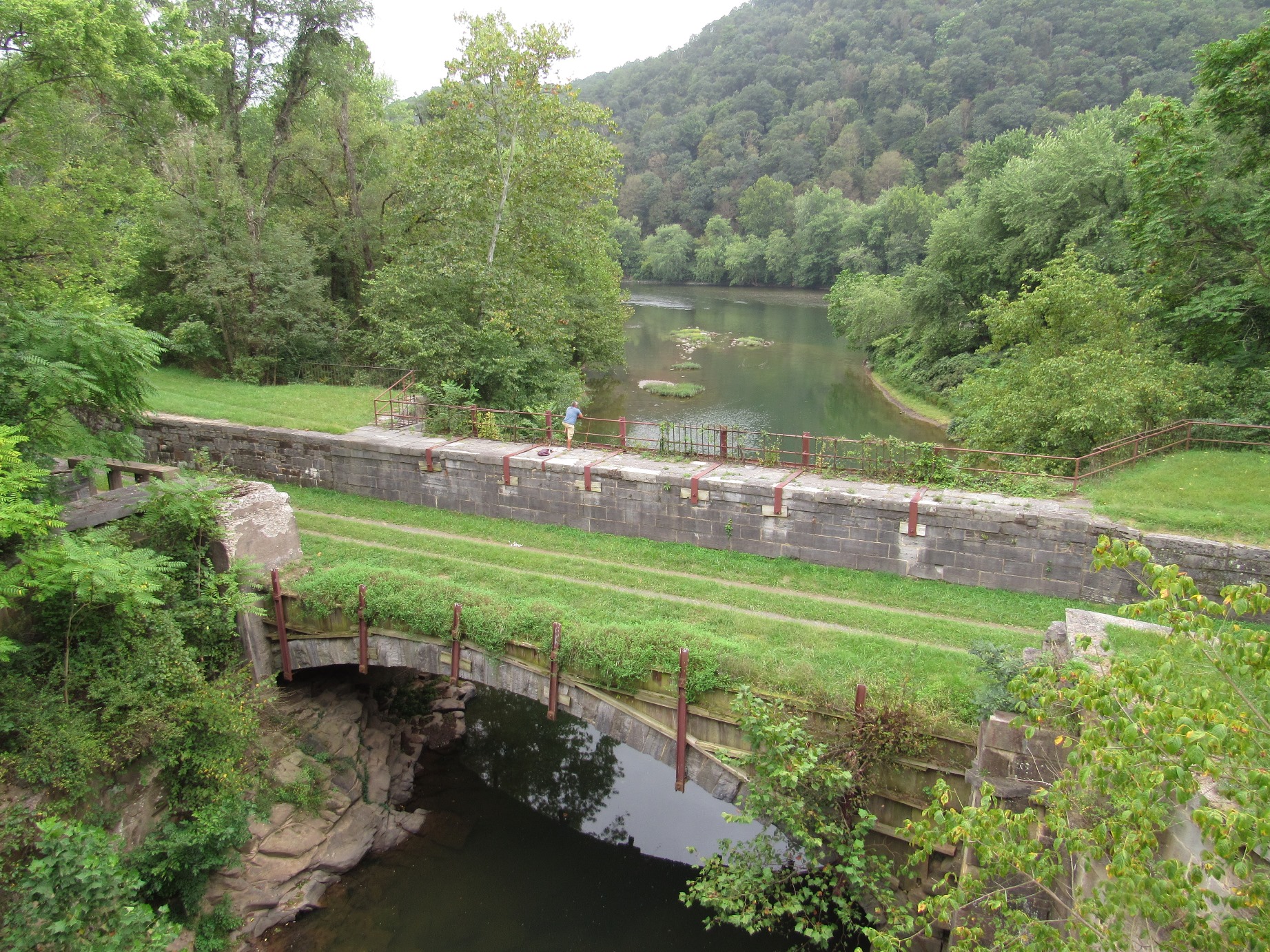
Exploring history and nature: Sideling Hill Creek Aqueduct as viewed from the Western Maryland Rail Trail.
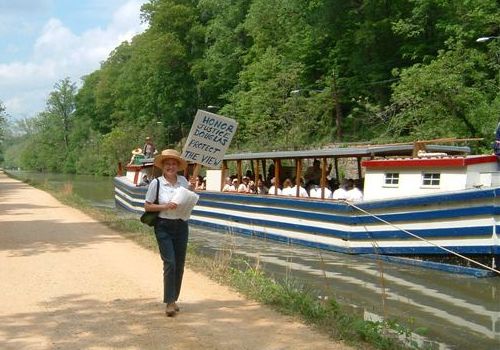
Protecting the canal since 1954: The association opposes Georgetown University’s plan to build a large boathouse in the park
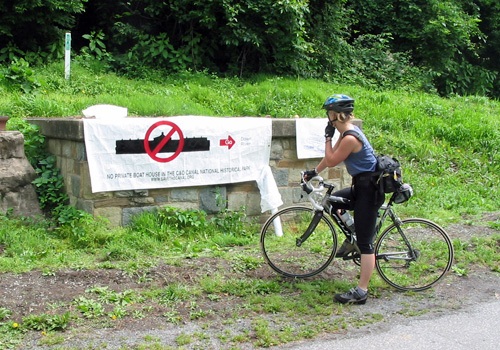
Protecting the canal since 1954: The association opposes Georgetown University’s plan to build a large boathouse in the park
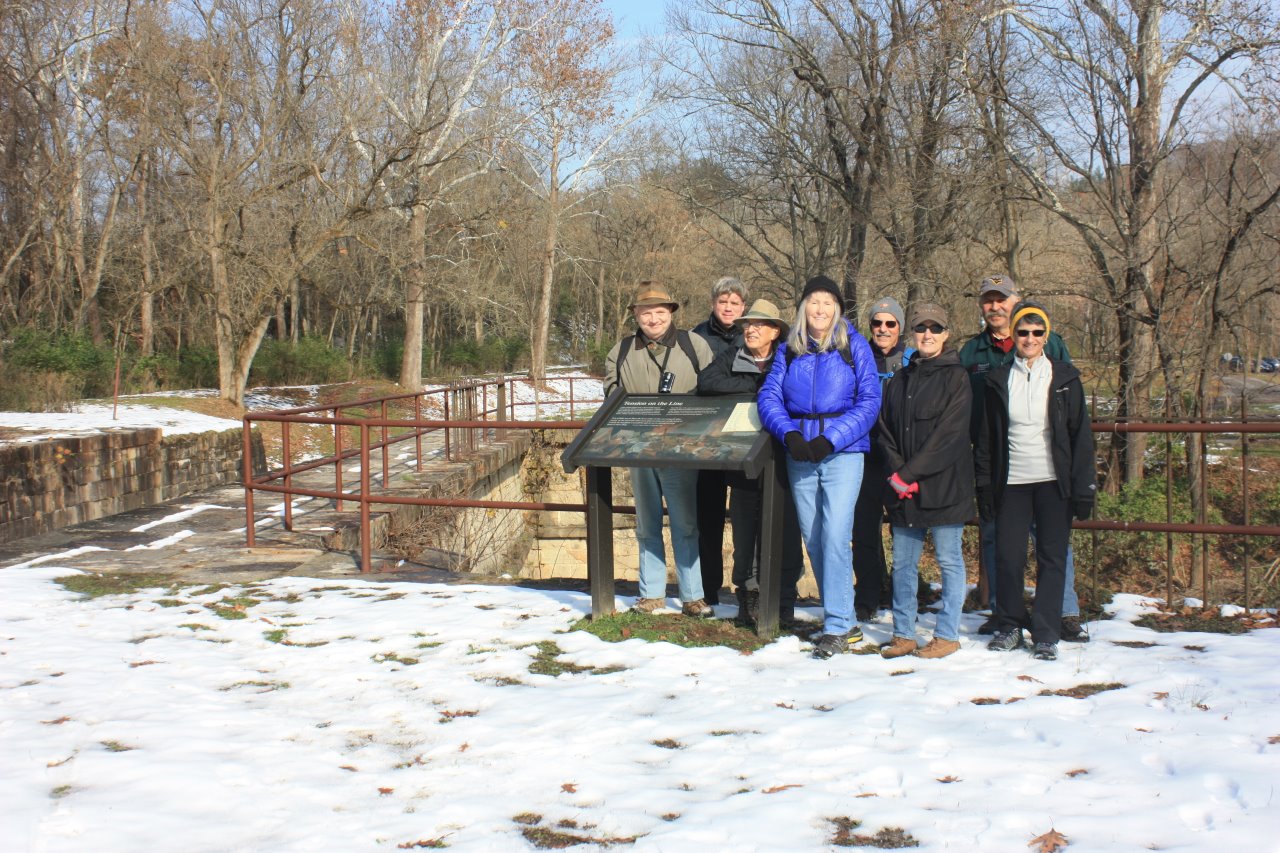
Exploring history and nature: Hikers gather at Fifteen Mile Creek Aqueduct in 2018.
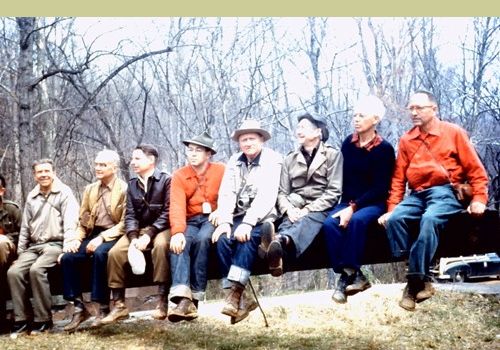
Protecting the canal since 1954: Justice Douglas and eight others pause during their famous hike, which publicized the canal in 1954
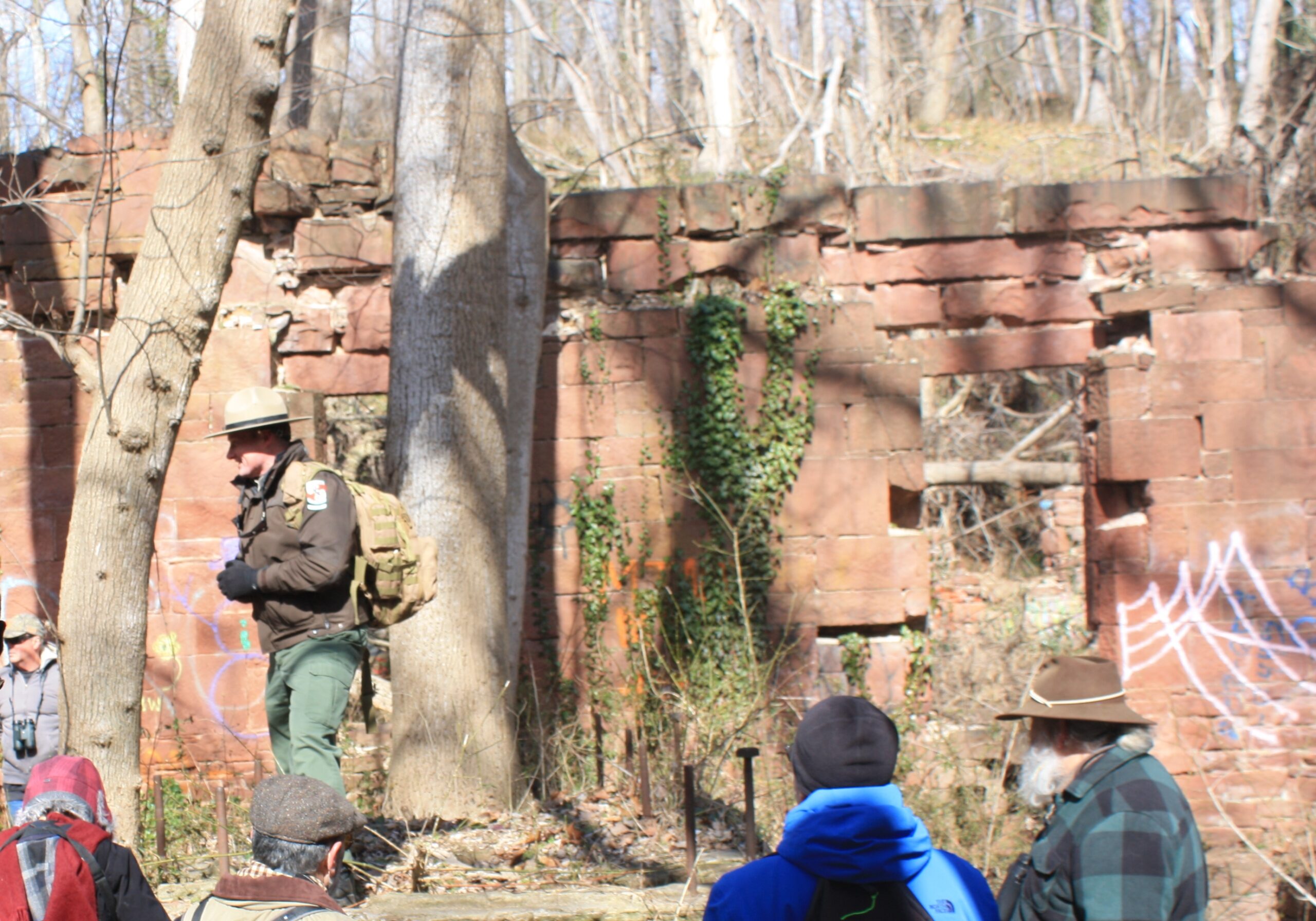
Exploring history and nature: Ranger provides interpretation for hikers at Seneca Stone Cutting Mill in 2020.
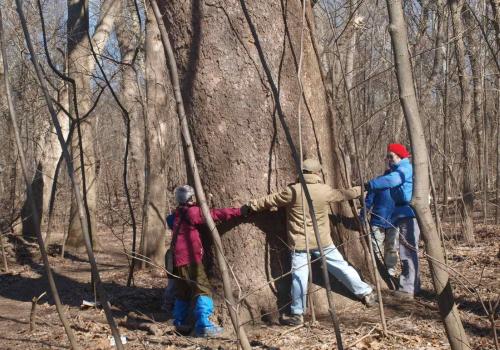
Exploring history and nature: Hikers marvel at a large specimen during a tree identification walk in 2012
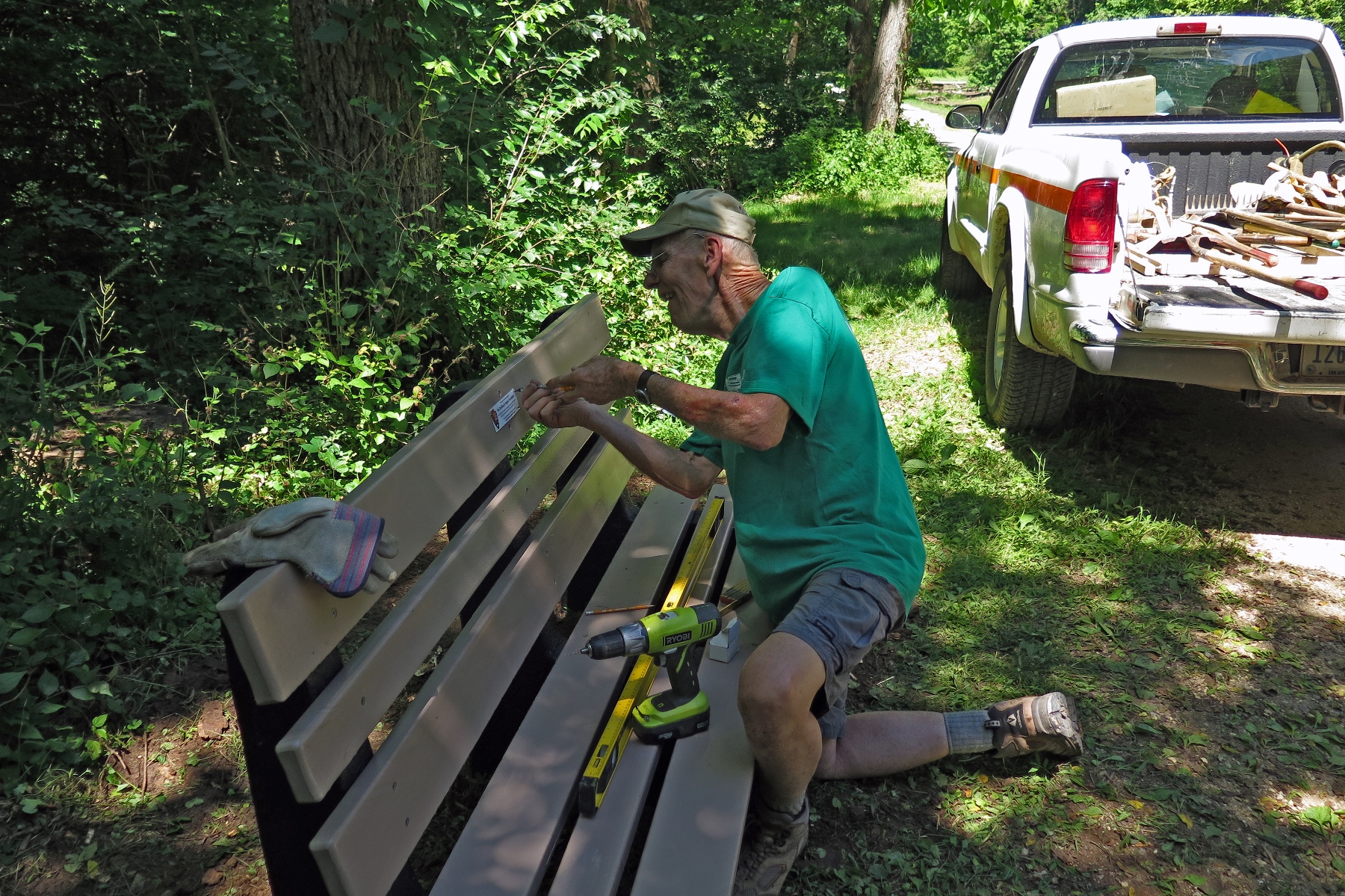
Volunteering to help the park: Association volunteer attaches plaque to newly installed bench in 2018.
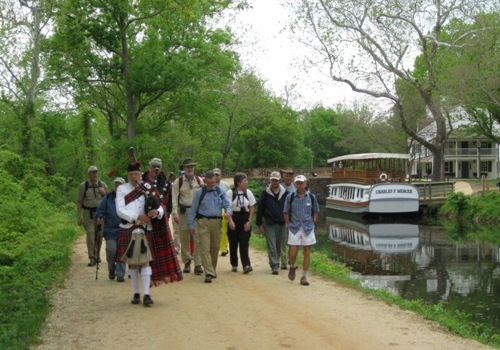
Exploring history and nature: Association members participate in the last day of the 2009 Thru Hike at Great Falls
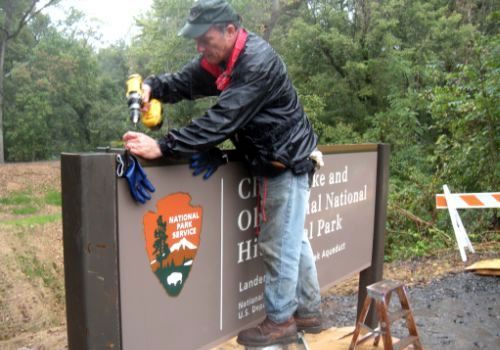
Volunteering to help the park: Association member helps install an identification sign at Landers in 2011
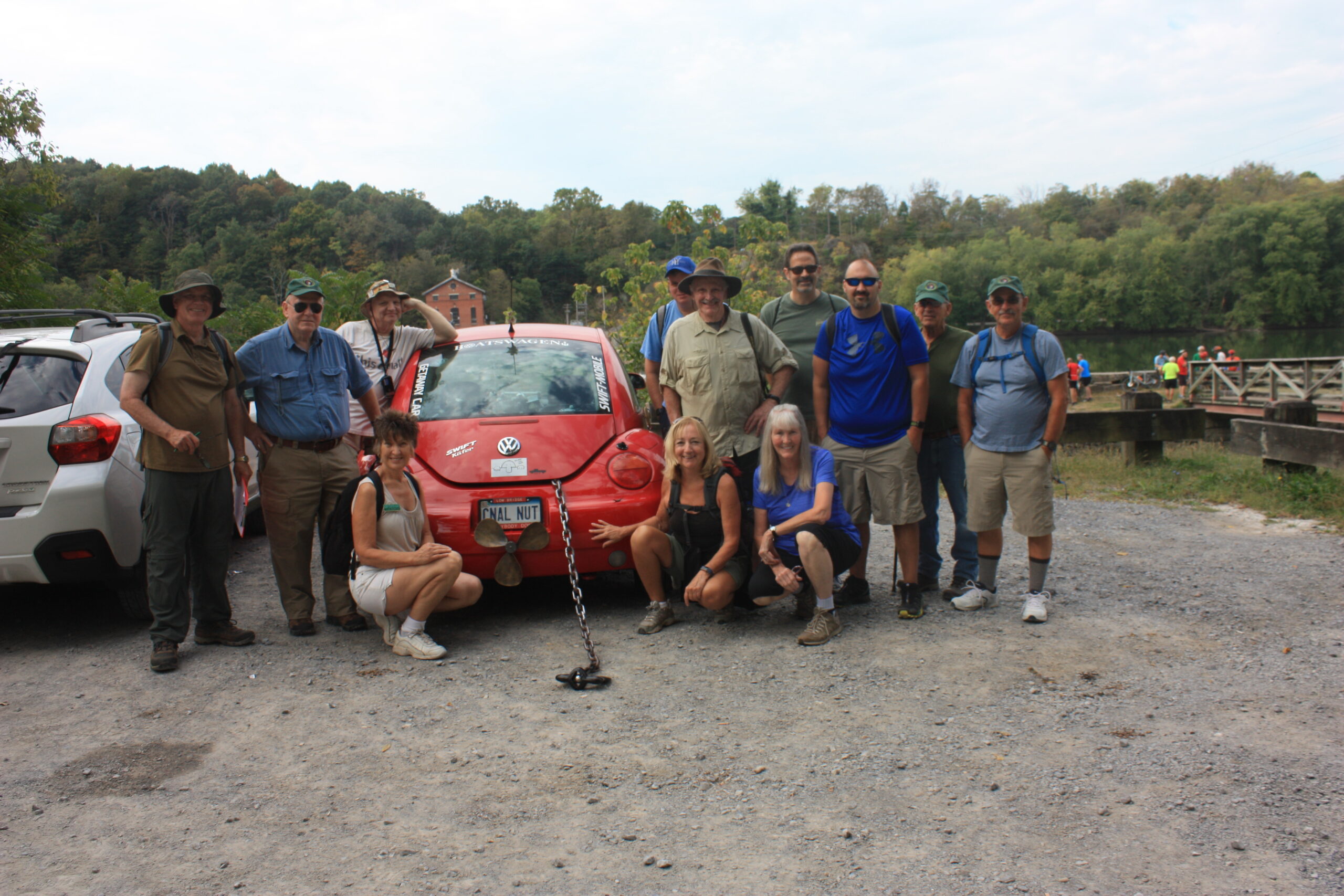
Exploring history and nature: Hikers gather at Dam 5 in 2019.
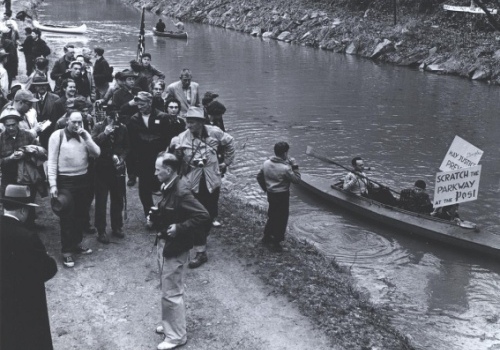
Protecting the canal since 1954: Justice Douglas and others rally against replacing the canal with a highway.
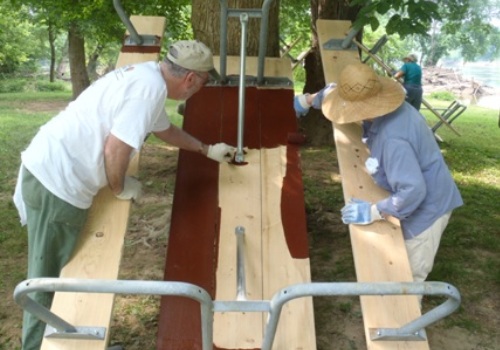
Volunteering to help the park: Association members repaint picnic tables at Swains Lock
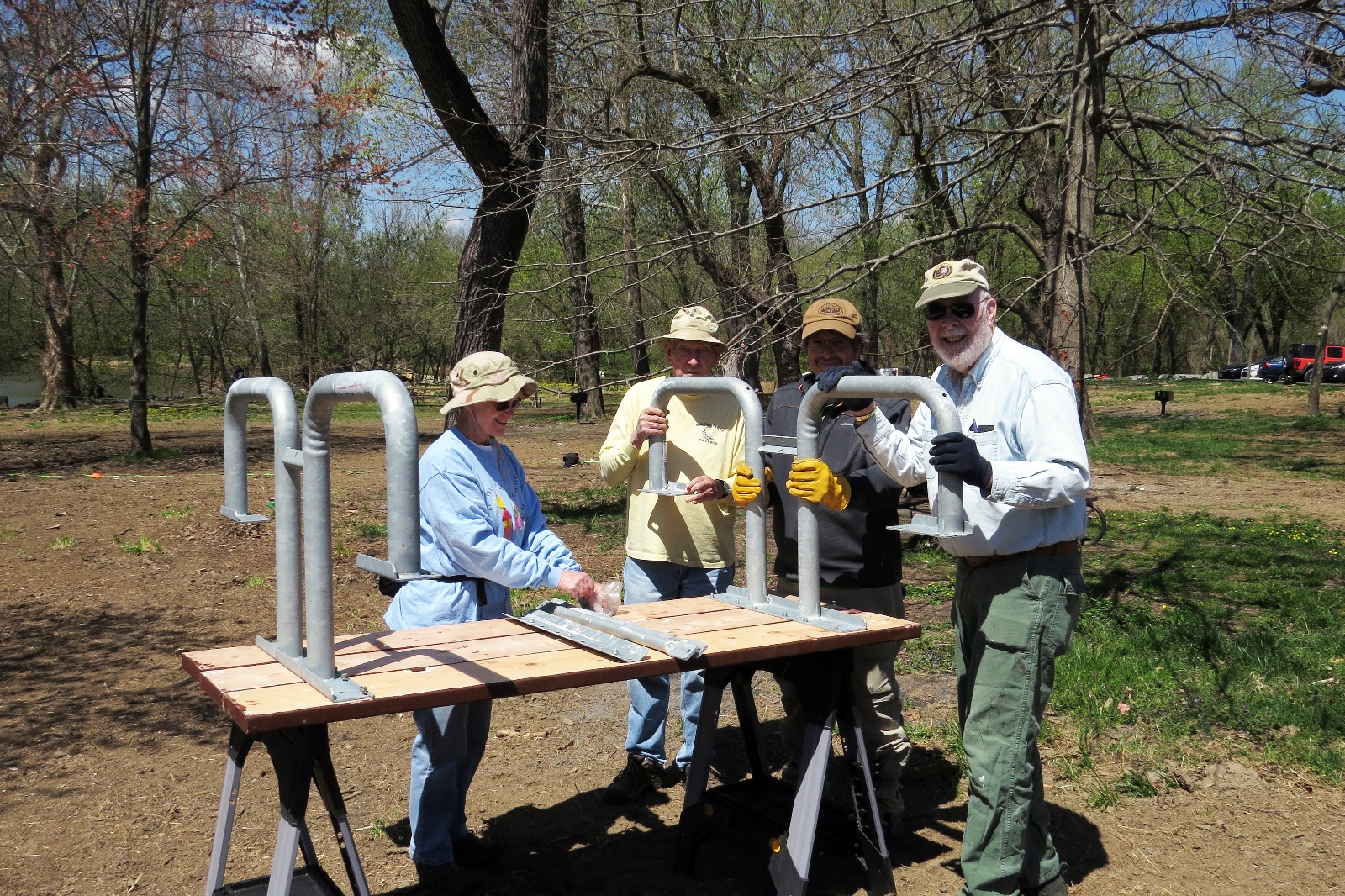
Volunteering to help the park: Association volunteers assemble picnic table in 2018.
